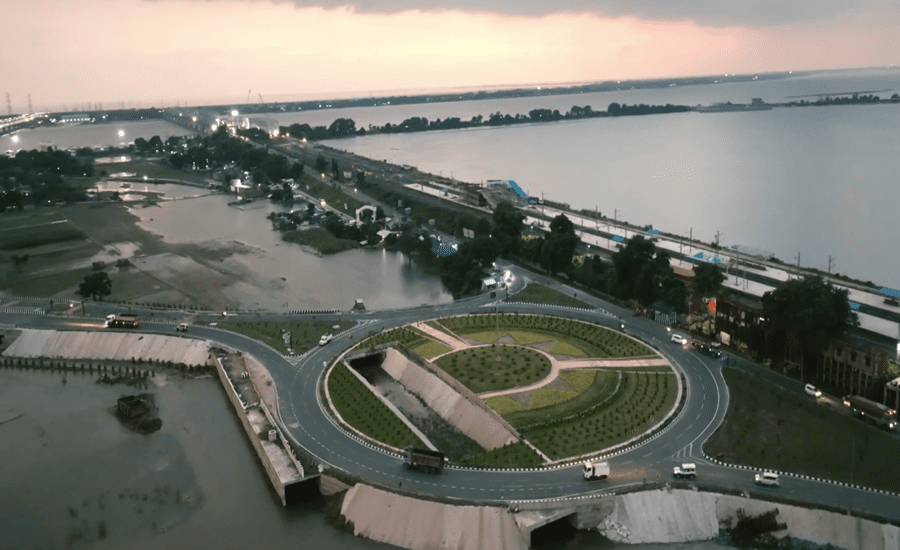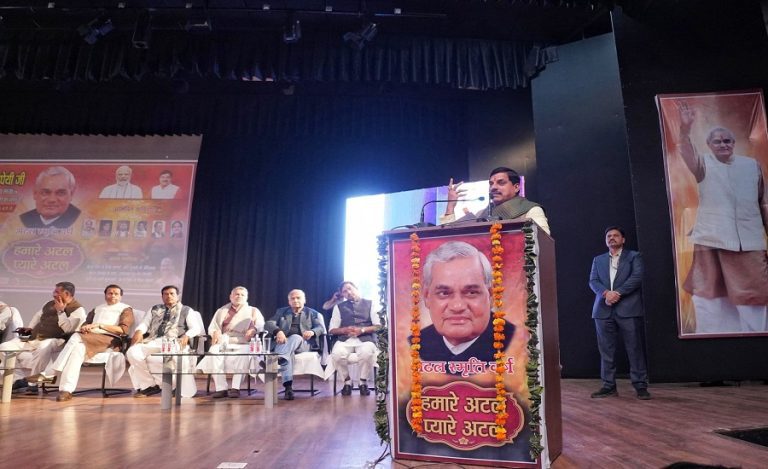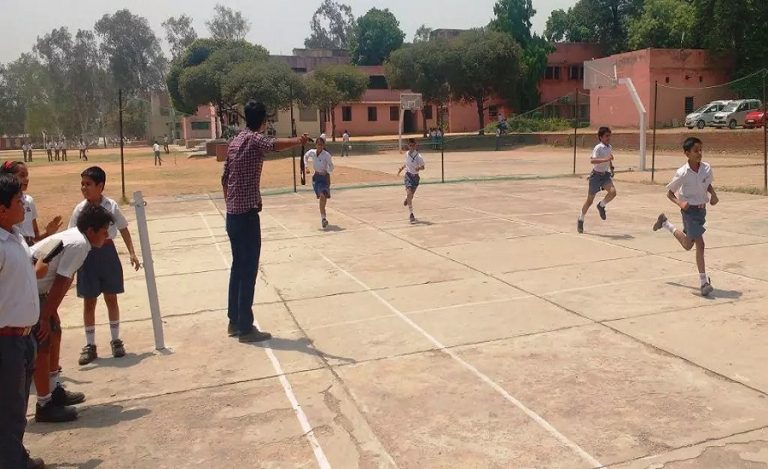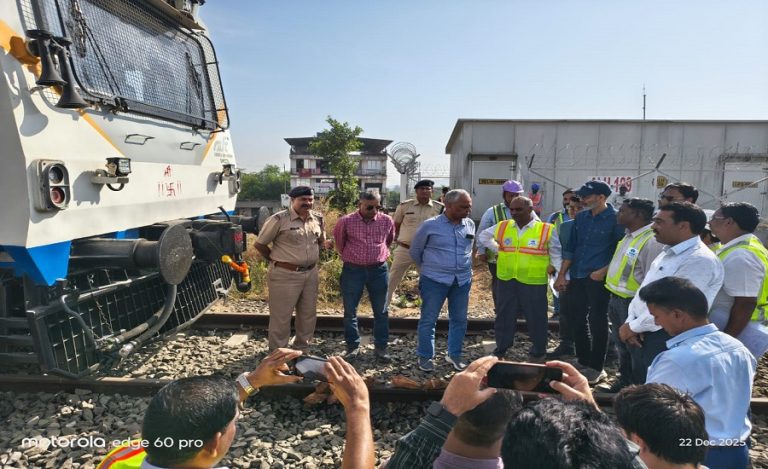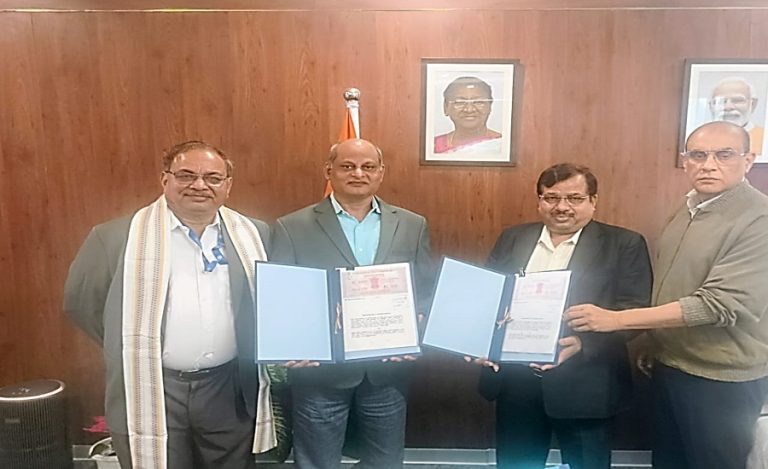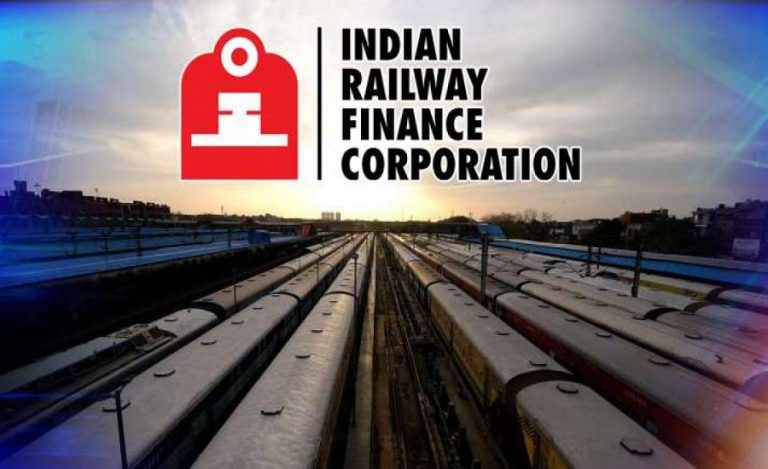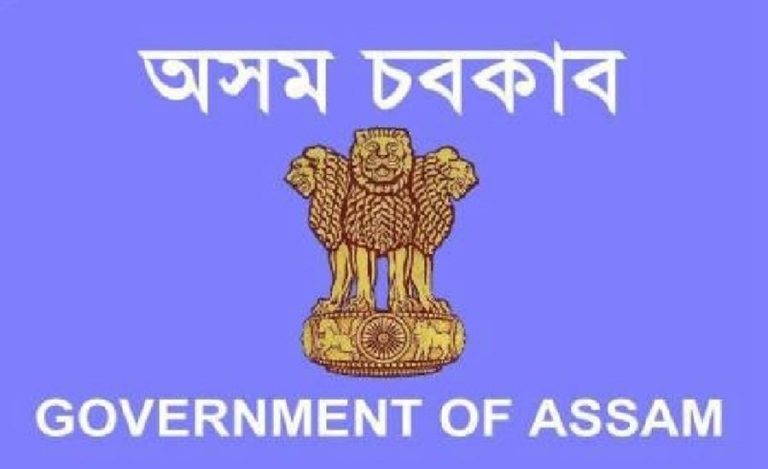Jharkhand is on the brink of a major infrastructure revolution, with seven national highway projects nearing completion, poised to reshape the state’s connectivity, economy, and logistics network. These include the Ranchi-Varanasi Economic Corridor, Raipur-Dhanbad, Delhi-Kolkata Six Lane, Ranchi-Patna Four Lane, Deoghar-Baisukinath, Mahagama-Hansdiha, and Sahibganj-Ganga Bridge projects.
Once operational, these high-speed corridors will link Jharkhand seamlessly with Delhi, Kolkata, Patna, and Raipur, drastically reducing travel time and enhancing trade and tourism across the region.
Expanding Road Infrastructure to Drive Regional Growth
According to officials, the projects will bring far-reaching benefits to Garhwa, Palamu, Koderma, Hazaribagh, and the Santhal Pargana region — areas that have long remained outside the mainstream of economic development.
The improved road network is expected to boost tourism, mineral logistics, and industrial activity, driving up employment and regional investment. As the projects near completion, land values in several adjoining districts have already seen a fourfold increase, indicating the rising economic potential of these corridors.
Ranchi-Varanasi Economic Corridor: 12-Hour Journey Cut to Just 4.5 Hours
About 60 percent of work on the Ranchi-Varanasi Economic Corridor has been completed. The 413-kilometer-long, four-lane corridor — estimated to cost Rs. 13,000 crore — will be completed by January 2028.
Of this, 253 kilometers lie in Jharkhand, at a cost of Rs. 8,000 crore. Once finished, the travel time between Ranchi and Varanasi will reduce from 12 hours to just 4.5 hours. The project will spur economic activities in Garhwa, Palamu, Latehar, and Lohardaga, while improving access to religious sites like Baba Bansidhar Temple. Forest clearance is awaited in select stretches.
Raipur-Dhanbad Expressway: Halving a 16-Hour Journey
The Raipur-Dhanbad project — covering 626 kilometers and costing Rs. 18,000 crore — is already 77 percent complete. In Jharkhand, 238 kilometers are under construction with an investment of Rs. 8,000 crore, including a 90-kilometer greenfield section.
This expressway will halve the 16-hour journey to just eight hours, connecting key areas such as Gola, Ormanjhi, and Hundru Falls, thereby boosting tourism and industrial development. Plans are also underway to make it an access-controlled expressway, ensuring safer and faster travel.
Delhi-Kolkata Six-Lane Corridor: Cutting Travel Time from 30 to 14 Hours
The massive Delhi-Kolkata Six-Lane Expressway, spanning 1,523 kilometers, is set for completion by June 2026. In Jharkhand, 146 kilometers of this corridor are being built at a cost of Rs. 6,000 crore.
The project includes flyovers, 26 underpasses, and a railway overbridge at Chauparan, Barhi, and Barkatha. Once complete, travel time between Delhi and Kolkata will reduce from 30 hours to 14 hours, giving a strong push to trade, logistics, and tourism.
Ranchi-Patna and Other Projects to Strengthen Local Connectivity
The Ranchi-Patna Four-Lane Project, spanning 323 kilometers, is 88 percent complete and expected to finish by December 2027 at a cost of Rs. 5,000 crore. It will link Ranchi, Hazaribagh, Barhi, and Koderma to Patna, cutting travel time and promoting tourism in Koderma and Jhumri Tilaiya.
The Deoghar-Baisukinath (34 km) and Mahagama-Hansdiha (4-lane) projects are 61 percent and 100 percent complete, respectively, and are expected to be ready by December 2025, each costing around Rs. 1,500 crore. These roads will ease pilgrim access to Baba Vaidyanath Dham and benefit Kanwariyas.
The Sahibganj-Ganga Bridge (27 km), 77 percent complete at a cost of Rs. 2,000 crore, will provide a vital connection between the Santhal Pargana region and Bihar, transforming regional trade and connectivity.
Land Value and Lifestyle Transformations in Project Zones
The ongoing highway projects have already sparked a surge in land prices, with rates reportedly quadrupling in regions where construction is nearly complete. Many areas have become prime commercial zones, with improved amenities, better access, and enhanced mobility.
Officials confirmed that over 80 percent of work is finished on several key stretches, and once fully operational, the network will catalyze economic development across urban and rural Jharkhand alike.

